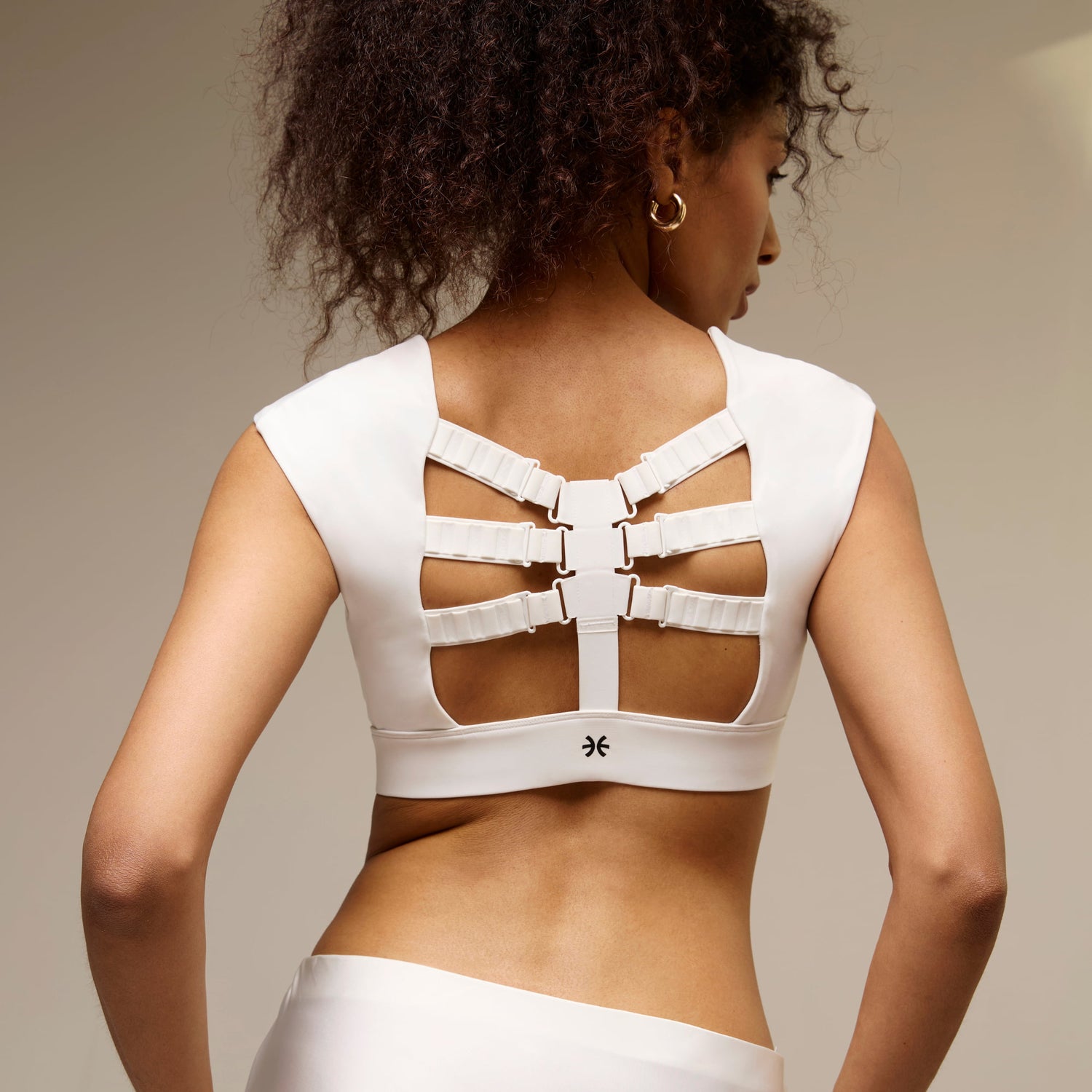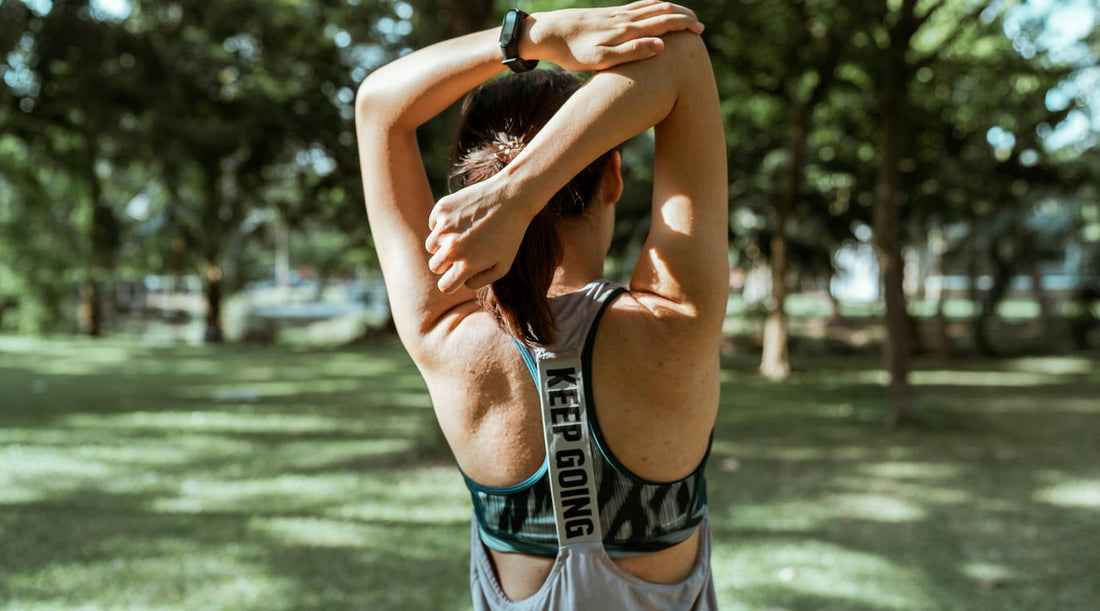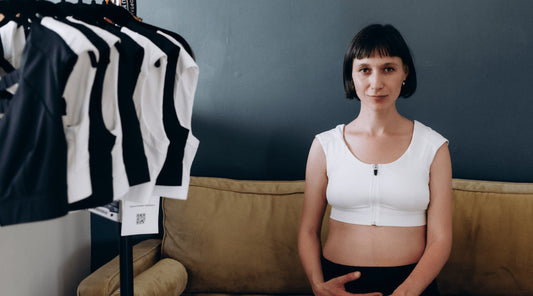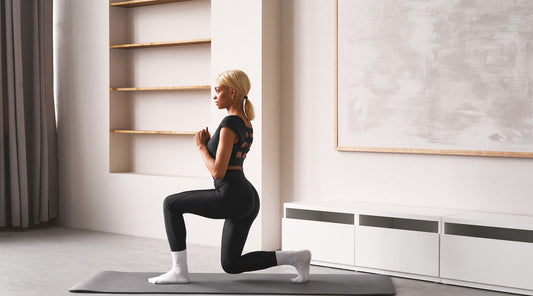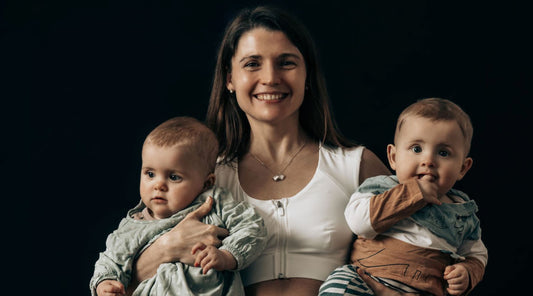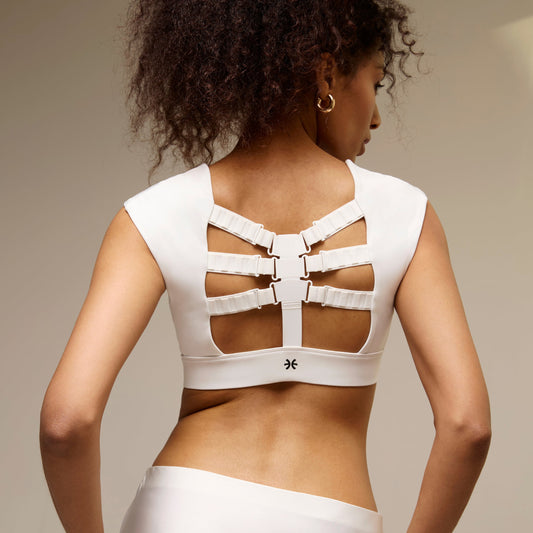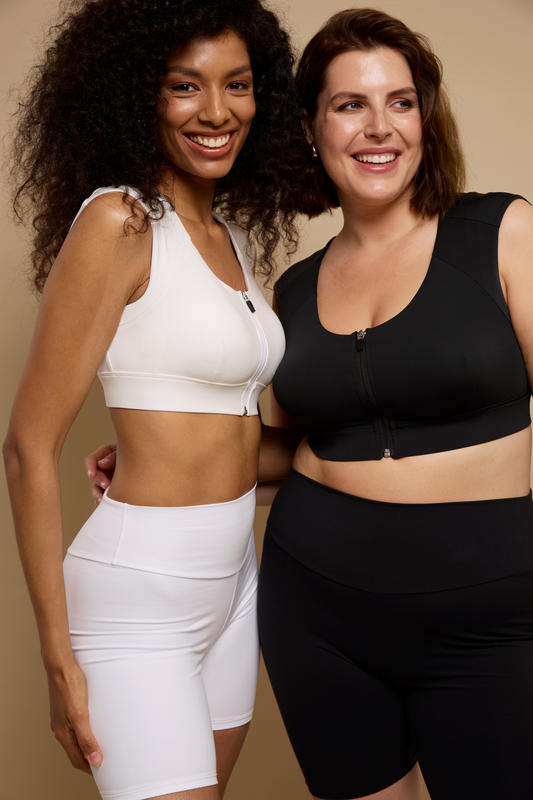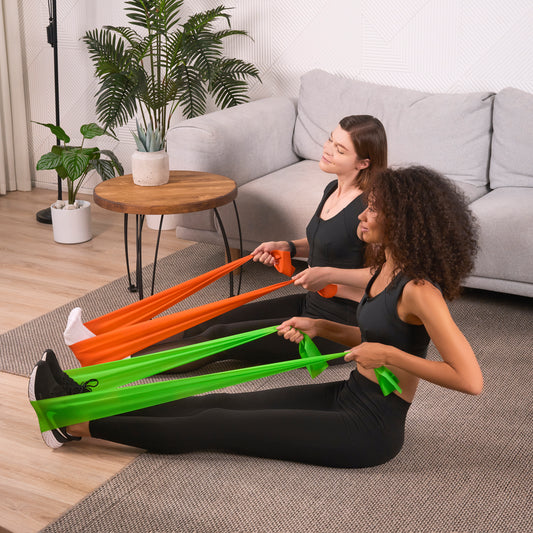Got an achy back? You’re not the only one. Back pain is one of the most common reasons people seek primary or emergency care (1).
While your spine takes on a lot of pressure — it can actually sustain up to 3,300 pounds in healthy individuals — it’s also highly sensitive (2). Compared to the neck (the cervical spine) and the lower back (the lumbar spine), the upper back (the thoracic spine) tends to be the sturdiest and most resilient when it comes to pain or injuries. But if you’re prone to poor posture, you may experience stiffness and discomfort in the upper back. This is likely due to weakened muscles caused from too much slouching.
Getting to know the upper back muscles anatomy can help you pinpoint any weaknesses that may be affecting your posture or causing you pain. Here’s a quick overview of the anatomy of your upper back and how to keep it strong and healthy for good posture.
Anatomy of the Upper Back Muscles
Your back is made up of numerous muscles that support your body and help you sit, stand, turn, and lean. Without these muscles, your spine would collapse. You wouldn’t even be able to hold up your head. As you can imagine, these muscles are especially important for your posture.
Overview of the major muscle groups in the upper back
The muscle anatomy of the upper back is made up of large muscles that extend from the neck to the lower back. Below is a detailed description of the major muscles in the upper back, including their location, attachments, and function.
Trapezius (traps). Shaped like a trapezoid (hence the name), this large, broad muscle extends from the base of the skull to the thoracic (lower) region of the spine. It attaches to the clavicle (collarbone) and scapulae (shoulder blades) and extends to the mid-back. It stabilizes and moves the shoulder blades and helps to support the arms and balance the head.
Latissimus dorsi (lats). Stretching from behind your upper arm bone (humerus) to below your shoulder blades to the pelvis and lower ribs, this is the largest muscle in your upper half. It attaches directly to the spine. As a pair, the lats help move the upper arms and influence movement in the shoulder blades and trunk.
Levator scapulae. This long thin muscle sits at the back and side of the neck and inserts onto the upper region of the scapula. It elevates the shoulder blades and works with other muscles like the rhomboids to lower the shoulder blades.
Rhomboids. The rhomboid major and rhomboid minor muscles are deep shoulder muscles that sit underneath the trapezius. They help move the upper arms and stabilize the shoulder girdle and scapula. They’re used for pulling, throwing, and overhead movements.
Erector spinae. This group of muscles and tendons is not exclusive to the upper back muscles anatomy. It runs along the spine and is responsible for extending and rotating the back and maintaining good posture.
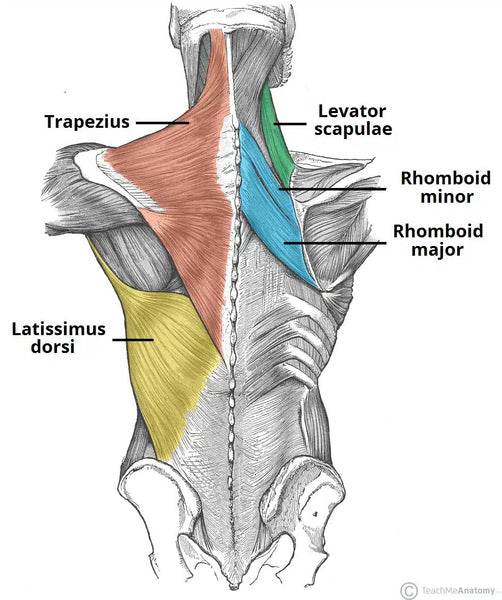
*The superficial muscles of the back - By TeachMeSeries Ltd
Functions of the Upper Back Muscles
The upper back muscles are crucial for all types of movements, especially those involving your head, neck, shoulders, arms, and trunk. They strongly influence your posture — and, vice versa, your posture can strongly influence them.
How the upper back muscles work together to support posture and movement
The upper back muscles are constantly put to the test. The trapezius, which spans across much of the upper back, assists in many postural movements. It’s an important muscle for supporting your spine and allowing you to sit and stand up straight (3). It also comes into play when turning the head, bending to the side, and elevating and lowering the shoulders. You also may hold some of your stress in the trapezius, which can contribute to tension headaches (4).
The trapezius works alongside the lats, which aid in movements of the shoulders, arms, and trunk. A horizontal pulling motion, like a row, works the traps and lats, for example. With poor posture, there’s a good chance you’ll feel tightness and pain in both muscles.
Meanwhile, if you have forward head posture (the head leans forward in front of the shoulders), you are putting increased tension on the levator scapulae. Tightness built up in this muscle, and often the upper traps, can actually cause chronic headaches (5). You may also feel pain in the rhomboids, which are used to pull the shoulder blades together and stabilize the shoulders — both crucial for good posture.
The role of upper back muscles in shoulder stability and mobility
The shoulder joint is supported by four rotator cuff muscles of the back, which are aided by several of the upper back muscles. Your rhomboids, traps, levator scapulae, and deltoids (located on the outside of your shoulders) all work together to help you lift, lower, move, and stabilize the shoulders and shoulder blades.
An imbalance in any of these muscles of the back will affect the positioning and movement of your shoulders. Poor posture can lead to rounded shoulders, which are typically linked to a tight levator scapulae and tight chest muscles, as well as weak rhomboids and traps. Tight lats can also contribute to chronic shoulder and back pain.
Importance of upper back strength and flexibility for overall musculoskeletal health
Support for upper back muscles comes with a balance of strength and flexibility. If your head tends to lean forward or your shoulders drop into a rounded position, it’s a clear sign you need to strengthen and stretch the musculature of the upper back to allow for increased stability and mobility.
Need some inspiration? Check out these seven key exercises for fortifying and stabilizing your shoulders and grab yourself some resistance bands.
Prevention and treatment of upper back problems
Improving your posture is an important step in both preventing and treating upper back problems. This starts with strengthening and stretching the muscles in the upper back and chest. Strong traps, lats, and rhomboids will allow you to more easily pull your shoulders back and down, support your head and shoulders, and maintain good posture. Here are some exercises to try, some that require no equipment:
Traps
- Shoulder blade squeezes
- Push-ups
- Shrugs
- Upright rows (with a resistance band, barbell, or dumbbells)
Lats
- Seal push-ups
- Bent-over rows
- Pull-ups
- Pull-downs
Rhomboids
- Wall slides
- Reverse flys
- Seated rows
- Scapular retractions
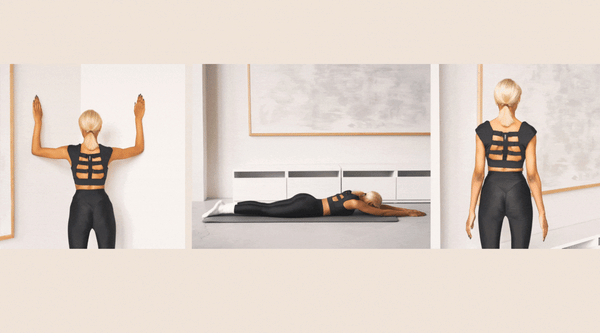
Along with specific strength exercises, a posture corrector like the Etalon posture bra can also gently activate the upper back muscles while stretching the chest muscles that are often overworked from poor posture. Understanding the musculature of the upper back — and working to keep it strong and healthy — will help you improve your posture and relieve pain.
SOURCES:
- StatPearls. Back Pain. https://www.ncbi.nlm.nih.gov/books/NBK538173/
- Advanced Center for Pain and Rehab. Don’t let exercising become a burden on your spine. https://www.advancedcenterforpain.com/single-post/2018/09/04/dont-let-exercising-become-a-burden-on-your-spine#:~:text=A%20majority%20of%20healthy%20individuals,withstand%20only%20about%204.7%20pounds.
- StatPearls. Anatomy, Back, Trapezius. https://www.ncbi.nlm.nih.gov/books/NBK518994/
- Physiopedia. Trapezius. https://www.physio-pedia.com/Trapezius
-
Physiopedia. Cervicogenic Headache. https://www.physio-pedia.com/Cervicogenic_Headache
Photo by Ketut Subiyanto on Pexels
FAQs
What are the major muscle groups that comprise the musculature of the upper back, and what are their primary functions?
How do the muscles of the upper back contribute to overall posture and shoulder stability?
How to strengthen the upper back muscles?
Trending
Try Etalon posture improvement products
